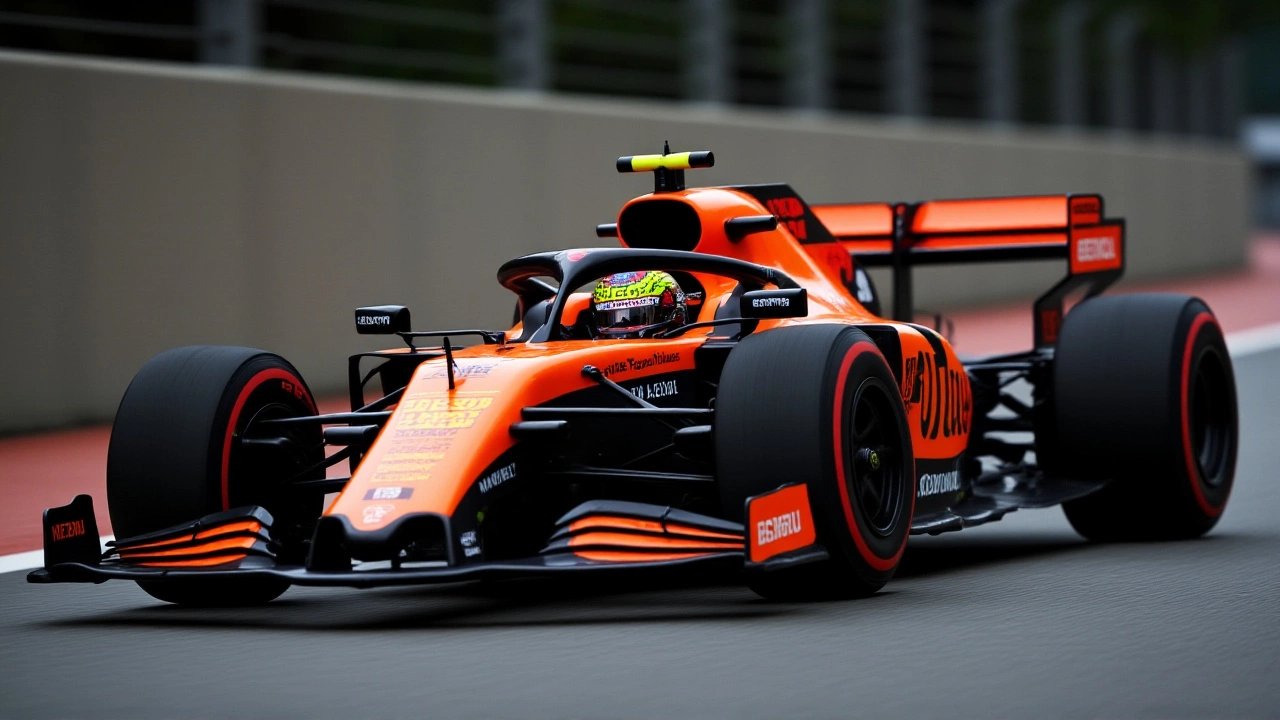Red Bull Racing – The Story Behind the F1 Dominance
When talking about Red Bull Racing, the Austria‑based Formula 1 squad that burst onto the scene in 2005 and quickly turned into a championship contender, RBR you’re stepping into a world where speed meets strategy. This page gathers everything you need to know about the team’s rise, its cutting‑edge engineering, and the talent that drives its success. Below you’ll find concise explanations, real‑world examples, and a glimpse of how Red Bull Racing fits into the larger racing ecosystem.
At its core, Formula 1, the premier single‑seater racing series recognized worldwide for its blend of technology, glamour, and pure speed, F1 provides the stage where Red Bull Racing showcases its machines. The team competes in a championship that demands not just raw horsepower but also precise aerodynamics, flawless pit work, and split‑second decision making. In other words, Red Bull Racing competes in Formula 1, leveraging every ounce of technical know‑how to out‑pace rivals on both street circuits and high‑speed ovals.
Red Bull Racing doesn’t operate in a vacuum; it’s part of the broader motorsport, the global collection of competitive racing disciplines that includes everything from rallying to endurance racing community. Within this ecosystem, teams share data, push regulatory boundaries, and spark innovation that often trickles down to road cars. The relationship is simple: motorsport fuels technological advancement, and Red Bull Racing feeds that cycle by fielding some of the most advanced packages on the grid.
One of the key ingredients behind the team’s performance is aerodynamics, the science of shaping airflow over a car to generate downforce while minimizing drag. Every front wing element, every rear‑wing flap, and even the bodywork’s curvature is tuned using wind‑tunnel testing and CFD simulations. The result? Cars that stick to the tarmac at cornering speeds that would make a regular road car spin out. In the language of semantic triples, aerodynamics influences Red Bull Racing's lap times, and the team constantly refines this relationship throughout the season.
Technology aside, none of the engineering marvels matter without the human factor—driver skill, the combination of reflexes, racecraft, and mental stamina required to extract maximum performance from a racing car. Red Bull Racing’s driver lineup has featured world champions who can adapt to changing track conditions, manage tire wear, and execute flawless overtakes. The synergy between driver skill and car performance is a classic case where driver skill enables the car’s potential, turning a fast machine into a race‑winning weapon.
If you’re wondering how someone gets a foot in the door of a team like this, the story of a mechanical engineer from India breaking into F1 provides a roadmap. The engineer pursued a degree in automotive engineering, added a master's focused on power‑train development, and secured an internship with a supplier that works closely with Red Bull Racing. This pathway illustrates the larger truth: technical expertise combined with a passion for motorsport opens doors to elite teams, and Red Bull Racing often scouts talent from such pipelines.
Speed comparisons also help put Red Bull Racing’s performance into context. While a typical Formula 1 car can hit 230 mph on a straight, IndyCar tops out around 235 mph and NASCAR peaks near 200 mph. These numbers show that Red Bull Racing’s machines sit at the very top of the speed spectrum, yet they also highlight how different series prioritize factors like downforce versus raw horsepower. Understanding these nuances gives fans a clearer picture of why Red Bull Racing’s engineering choices matter so much.
The strategic side of racing—pit stop choreography, tyre strategy, and real‑time telemetry analysis—forms another layer of the team’s success. A well‑executed pit stop can shave half a second off a lap, a decision that can be the difference between a podium finish and finishing off the points. In this arena, Red Bull Racing’s crew chief and data engineers collaborate closely, turning raw data into actionable tactics. This interplay demonstrates that strategy connects engineering excellence with race outcomes.
All this talk about technology, skill, and strategy sets the stage for what you’ll find in the collection below. We’ve gathered articles that explore the legal side of motorsport, the engineering challenges faced by teams, and the personal journeys of drivers and engineers alike. Whether you’re a casual fan curious about how Red Bull Racing stays ahead, or an aspiring professional looking for practical insights, the posts that follow will deepen your understanding and keep you engaged with the fast‑moving world of Formula 1 and beyond.
Verstappen edged Piastri by 0.017s in Singapore GP practice as McLaren, Mercedes and Red Bull set up a three‑way pole battle ahead of qualifying.
